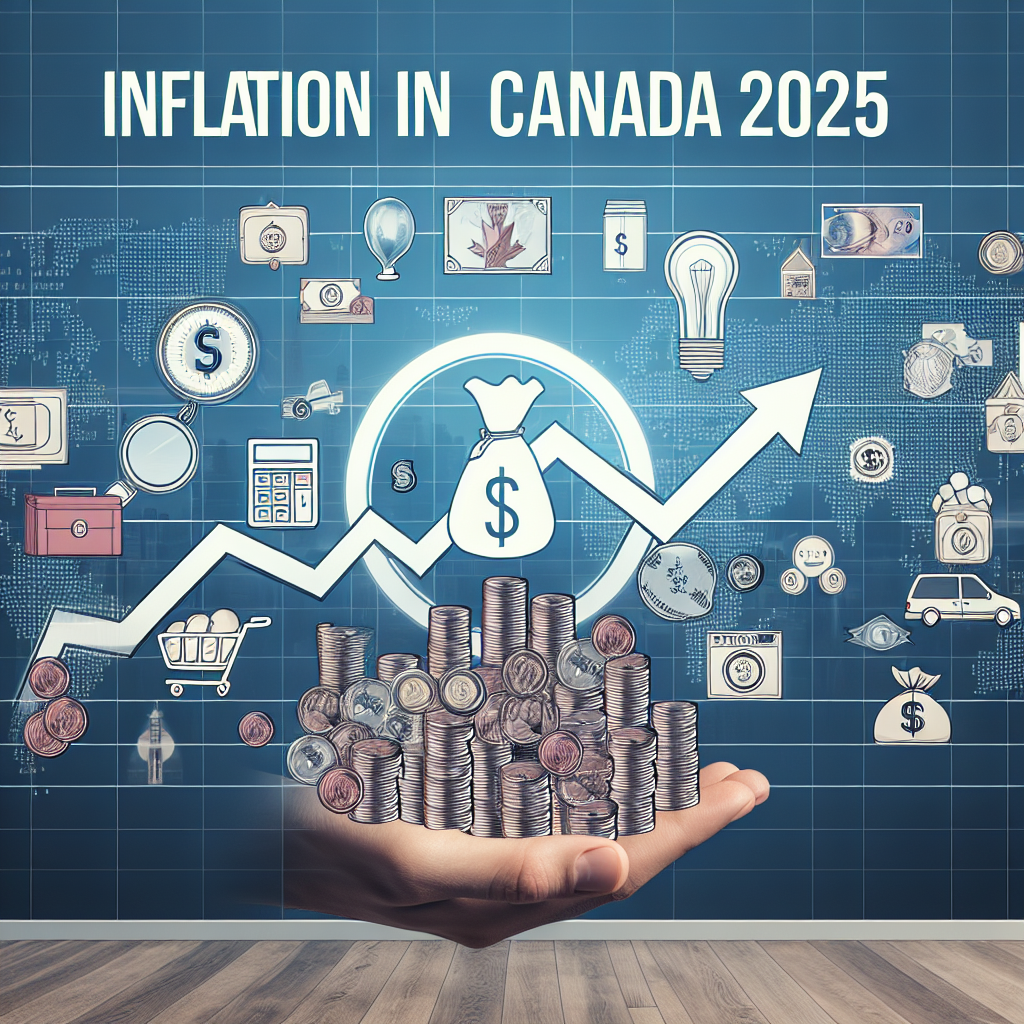Inflation in Canada 2025 – What Investors Need to Know
Introduction
As Canada navigates evolving economic challenges, the inflation rate has decreased to 2.3% as of March 2025. This shift, primarily influenced by lower gasoline and travel service costs, is crucial for investors to understand as it shapes market dynamics. Understanding these fluctuations in inflation not only helps in making informed investment decisions but also in identifying potential opportunities for growth in various sectors.
The decline in the inflation rate offers a broader context regarding the stability of the Canadian economy. With inflation at a relatively low level, the likelihood of aggressive interest rate hikes by the Bank of Canada may diminish. As a result, a more predictable financial environment could emerge, encouraging investment and fostering economic activity.
Key Insights on Inflation
-
Current Inflation Trends: The Consumer Price Index (CPI) has increased by only 2.3%, a decrease from the previous month. This decline stems from a 1.6% drop in gasoline prices and a 4.7% reduction in travel services. The stabilization of these key sectors signifies a changing landscape for consumers and businesses alike, emphasizing the need for strategic financial planning.
-
Economic Pressures: The ongoing US-Canada trade conflict presents a potential for growth slowdown and inflationary pressures. While the recent removal of the consumer carbon tax has provided temporary relief, it is not a sustainable solution. Investors must remain vigilant, as trade policies can have cascading effects on commodity prices and overall inflation.
-
Monetary Policy: The Bank of Canada anticipates that inflation will stabilize around 3% before returning to its target of 2% by mid-2025. This indicates that while the current trend is favorable, investors should be prepared for potential fluctuations as the central bank navigates its monetary policy to combat inflation and support economic growth.
Implications for Investors
Investors should closely monitor trade policies, as shifts can significantly impact inflation and cost structures. The current moderation in inflation rates provides critical data points for future monetary policy adjustments. Understanding the underlying factors of inflation will be essential for making sound investment decisions in 2025.
Additionally, diversifying investment portfolios may prove beneficial amidst these economic changes. By considering sectors less affected by inflation, such as technology and specific consumer goods, investors can position themselves advantageously against inflationary pressures.
Conclusion
Navigating the complexities of the Canadian economy requires agility and forward-thinking strategies. Staying informed about inflation trends and economic indicators will empower investors to seize opportunities amidst uncertainties. By understanding both the contributing factors to the current inflation rate and the possible future economic scenarios, investors can better prepare for what lies ahead.
For those interested in visual insights, please refer to our Infographic: Key Factors Influencing Inflation in Canada – 2025.
Multimedia Element: Infographic
- Gasoline Prices
- Travel Services
- US-Canada Trade Conflict
- Monetary Policy Trends
- Investor Strategies
Social Media Updates:
Update 1 (Twitter):
🚨 Inflation in Canada drops to 2.3% as of March 2025! Key contributors: falling gasoline & travel service prices. Investors: stay ahead of the game by monitoring trade dynamics. #InflationCanada #InvestorInsights
Update 2 (LinkedIn):
As we see the inflation rate in Canada decline to 2.3%, it’s crucial to recognize the external economic pressures in play. The removal of the consumer carbon tax and ongoing trade conflicts will shape the investment landscape. 📊✨
Update 3 (Instagram):
📉 Canada’s inflation rate reduced to 2.3%! Dive into our latest blog post to uncover the implications for investors and what to expect in the coming months. Check the link in bio! #Finance #MarketTrends
Update 4 (Facebook):
🌍 Understanding inflation is vital for navigating investments in 2025! Canada’s current stance at 2.3% provides essential insights for strategic planning. Explore key trends in our latest blog post.
